Let me start by throwing a few numbers at you.
About 1 in 4 adults in the United States experience some level of mental illness each year, with approximately 13 million people reporting to have seriously considered suicide. And to make it worse, there’s a great deal of stigma attached to discussing mental health, with about 42% being concerned that discussing it at work could negatively impact their career. And it’s not just adults. 1 in 6 youth (age 6-17) experience mental health issues each year, with half of all life-long issues beginning before the age of 14. (Sources: Various, via Google search)
That’s a crisis!
And with May being Mental Health Awareness Month, I’m exploring several aspects of how the church (particularly the liturgical kind… Episcopal, Catholic, etc.) can bring hope and healing to those struggling with mental health issues. In this first post in the series, I’m taking a look at the liturgical calendar and mental health benefits. I’ve found it to be pretty incredible how simply following a calendar of rituals and routines can bring the structure and peace needed to overcome and find healing.
Understanding the Liturgical Calendar
Before we dive into what the modern liturgical calendar looks like, it’s important to understand it’s origin. The practice of remembering and celebrating key religious events (for the Christian church) has its roots in Judaism, going back thousands of years. On the Christian calendar, Easter wasn’t widely celebrated until the second century. But the Gospels all point to it as something that happened at the end of the Passover, a celebration that Judaism practiced annually for centuries prior to the time of Christ. And there are a few other Jewish feasts that were celebrated regularly, creating a cycle of religious remembrance.
In the Christian Church, Easter was added, and then over time other feasts of remembrance were added, including Pentecost, the Incarnation, and even feasts for other key saintly figures like Mary (the mother of Jesus) and several of the apostles. As these cycles became regular days of remembrance, so did the practice of developing seasons of preparation and reflection on the themes as the calendar essentially moves through the life of Christ and the Church.
Today, the liturgical calendar looks like this:
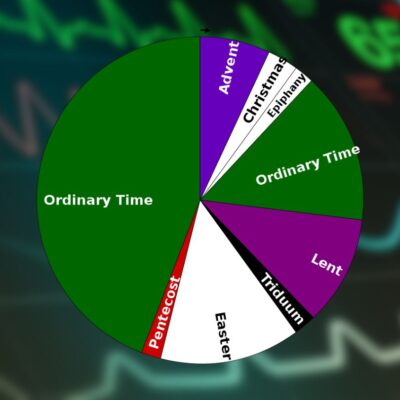
- Season of Advent – This begins four Sundays prior to Christmas Day, and focuses on preparing our hearts for the coming of Christ. And this is not only in the first coming of the Incarnation (baby Jesus in a stable), but also in His Second Coming (His return).
- Season of Christmas – Many don’t realize this, but Christmas is a season (not just a day) that starts on December 25th and runs for twelve days (like the song).
- Epiphany – Celebrated on January 6th (after the twelve days of Christmas), this is a day when we remember the revelation of Christ to the Gentiles with the visitation of the Magi (a.k.a., the Wise Men).
- Season After the Epiphany – This is a time generally when we recognize the manifestation of Jesus as the Messiah.
- Season of Lent – Starting with Ash Wednesday, the Season of Lent runs for 46 days (40 days plus the 6 Sundays) that are a time of reflection and repentance as we move towards the events of Holy Week (Palm Sunday through Easter Sunday).
- Easter (and Eastertide) – Starting with Easter Sunday, the Season of Easter covers the time after the Resurrection of Jesus and the time He walked with us until His Ascension. This season ends with Pentecost Sunday, the day the Holy Spirit came upon the Apostles (as recorded in the Book of Acts).
- Ordinary Time – This season runs from Pentecost Sunday and ends when Advent begins. The focus of this season shifts more from the life of Christ to the life of the Church. The last Sunday of this season is called Christ the King Sunday, which looks to our Lord on the throne. This naturally flows back into Advent, when we partly anticipate His Second Coming.
Each of these seasons brings a different focus. Sometimes reflective and penitential. Sometimes joyful and celebratory. The year runs through highs and lows and everything in between. These cycles and rhythms throughout the year end up looking like an EKG monitoring a heartbeat. And in a way, it is. It’s like watching (and participating in) the heartbeat of God.
The Psychological Benefits of Rhythmic Practices
The rhythms of the liturgical calendar can have some incredible psychological benefits. One study from the Ontario Psychological Association points out that,
“The predictable rhythms of a structured routine can help reduce anxiety levels by limiting the need for constant decision-making.”
Study after study shows that rituals and routines help to reduce stress and anxiety. The predictability and consistency can be grounding for people, especially when dealing with uncertainty.
These rhythms and routines can also help build a sense of identity and belonging. American Behavioral Clinics points out,
“Shared rituals and traditions foster a sense of belonging and connection to a community, which is essential for mental well-being.”
Especially in the church where these liturgical rhythms connect to our source of identity, we find not only greater connection with each other, but also collective purpose. One of the great drivers of poor mental health is feeling alone and isolated. So having meaningful and purposeful community can fill that deep void many struggle with.
Aligning Personal Life with Sacred Seasons
At the most basic level, the best way to take advantage of they rhythms is simply to show up. But it’s really more than just showing up to church on a Sunday morning every once in a while expecting that it’ll magically take away all your woes. Showing up really means to be there and participate in as much as you can.
Consider this. In many churches (and even with a liturgical church if you’re only coming in on Sunday mornings) Holy Week moves from Palm Sunday with it’s shouts of “Hallelujah,” to Easter Sunday with it’s shouts of “He is risen!” But then that misses everything in between. Maundy Thursday remembers the Last Supper with the institution of the Eucharist and the washing of the feet (as Jesus did for His disciples). And Good Friday is a great day things like Stations of the Cross, a walking of the path that Jesus walked on his way from condemnation to death and burial. And many liturgical churches may have several other prayer services and special worship times throughout the week.
Granted, that’s an important one, but it’s certainly a big week full of opportunities to connect with Christ and what He did for us. All of these experiences together can take us on an emotional roller coaster ride, but they also help us connect more with our Source of Life and learn to cope through all of it.
Part of all of this too is doing it in community. While doing things like a special devotional reading during different liturgical seasons can be a great individual exercise (and that’s really important too), it’s helpful to practice with other people. For example, there’s something about walking and praying the Stations of the Cross as a group that will always hit deeper than praying it alone. That connection and sense of belonging is crucial. We get more out of being a faith community than we do just trying to be a bunch if individuals who have the same faith system.
Testimonies and Historical Insights
All the way back to the early Christian communities, observing the liturgical calendar helped people to orient themselves to Christ and His Kingdom. These practices would help them to draw nearer to Christ and build stronger spiritual lives. This even helped them build stability during a time of great external persecution and challenges.
As these practices developed through the Middle Ages, the liturgical calendar became even more integral to daily life. It helped people remember key events and guided the spiritual life of the community.
Even in modern times, we can see the mental health benefits of immersing ourselves into the rhythms of the liturgical calendar.
As I lead the youth ministry in our church, I regularly try to find ways to get the youth to dig deeper into some of these important themes. For example, we just spent some time studying the prayers of Advent and the prayers of Lent (through each of those seasons). We studied the prayers of Advent during the weeks leading up to Christmas, a time when most of our culture would already consider it the Christmas season (and gets wrapped up in all the business, hype, and consumerism). As we neared the end of the study, one of the youth shared with the group that studying these prayers really helped them,
“Understand the reason for the season… the season of Advent, and that’s different than the season of Christmas.”
Several of them shared how digging into those prayers helped them calibrate their minds and hearts as we spent time together looking ahead to the coming of Christ.
Final Thoughts on the Liturgical Calendar and Mental Health
Ultimately, it’s about several things coming together… the rhythms providing structure and stability, the community with others so that we’re not alone, and the discovering of deeper levels of connection with Christ who is our source of life and identity. Each one of these is important, but not sufficient (or, at least effective) by themselves. All together is where we find that the liturgical calendar can bring significant mental health benefits.
So what now?
Even if it’s not in a liturgical church, explore the seasons of the church calendar and start digging into devotional readings and practices that align with the seasons. And find ways to do these things with other people. Much of this is already built into the rhythms of churches like mine (Episcopal), where you’ll regularly find all of the elements in place for you to take advantage of. The important thing is to find a place where you’re comfortable and can practice your faith with others in this way throughout the year.
I can tell you that my family has found great peace and strength and a deeper relationship with Christ since we’ve made the move to a more liturgical church full time. But I’m not here to convince anyone to switch churches. If nothing else, look to these ancient practices and find ways to implement them into your worship practices. Your mental health with thank you.
And drop a comment below if you have experiences with this, or if you have questions about any of these practices.

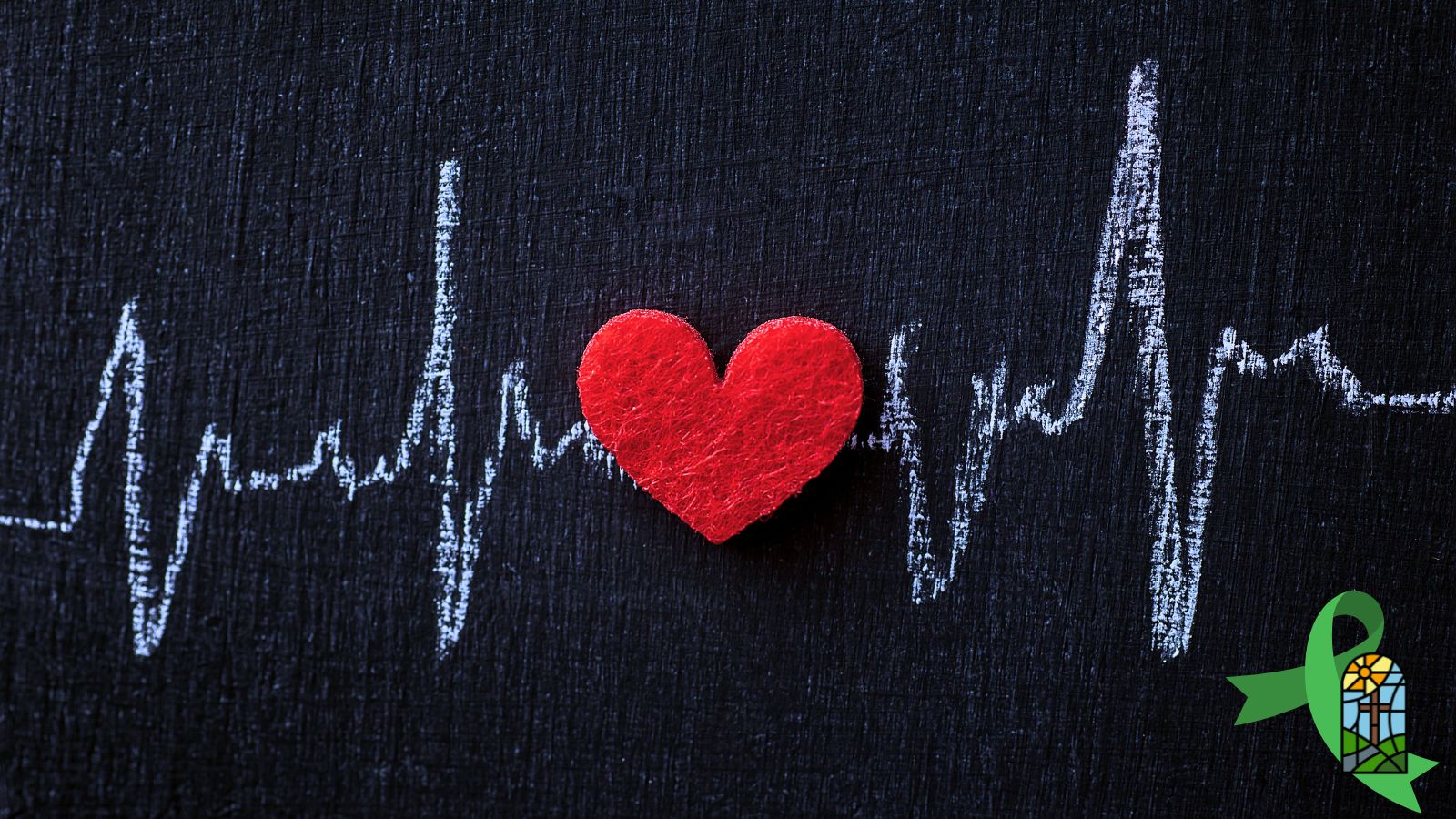
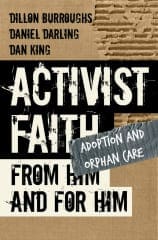
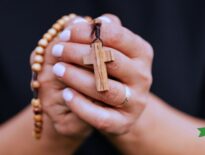
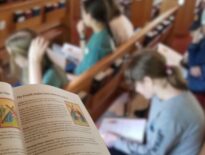
This hits home. As a person blessed with attention deficit issues, the chaos of many regular aspects of life can essentially shut me down and put me in stagnant and frozen position. I become so overwhelmed by all the things that requiring my attention that I get stuck and can’t move on any of them. I learned when I was younger that patterns, known expectations, and ritual helped. A clean organized space helps me to focus and work, and a clean organized schedule helps me to breathe. The stability of the liturgy brings peace and ease, but it also brings excitement as we anticipate what is coming (like the excitement of knowing a holiday is around the corner).
This is great, Kevin+! And I have another post in this series coming up that looks at the rhythms in the liturgy itself too (not just the calendar). And I’ve found that particular to the more liturgical churches (Episcopal, Catholic, etc), there’s so much more in the rhythms than just marking Christmas and Easter on the calendar. The cyclical flow of the seasons is special and full of purpose. Pretty cool.